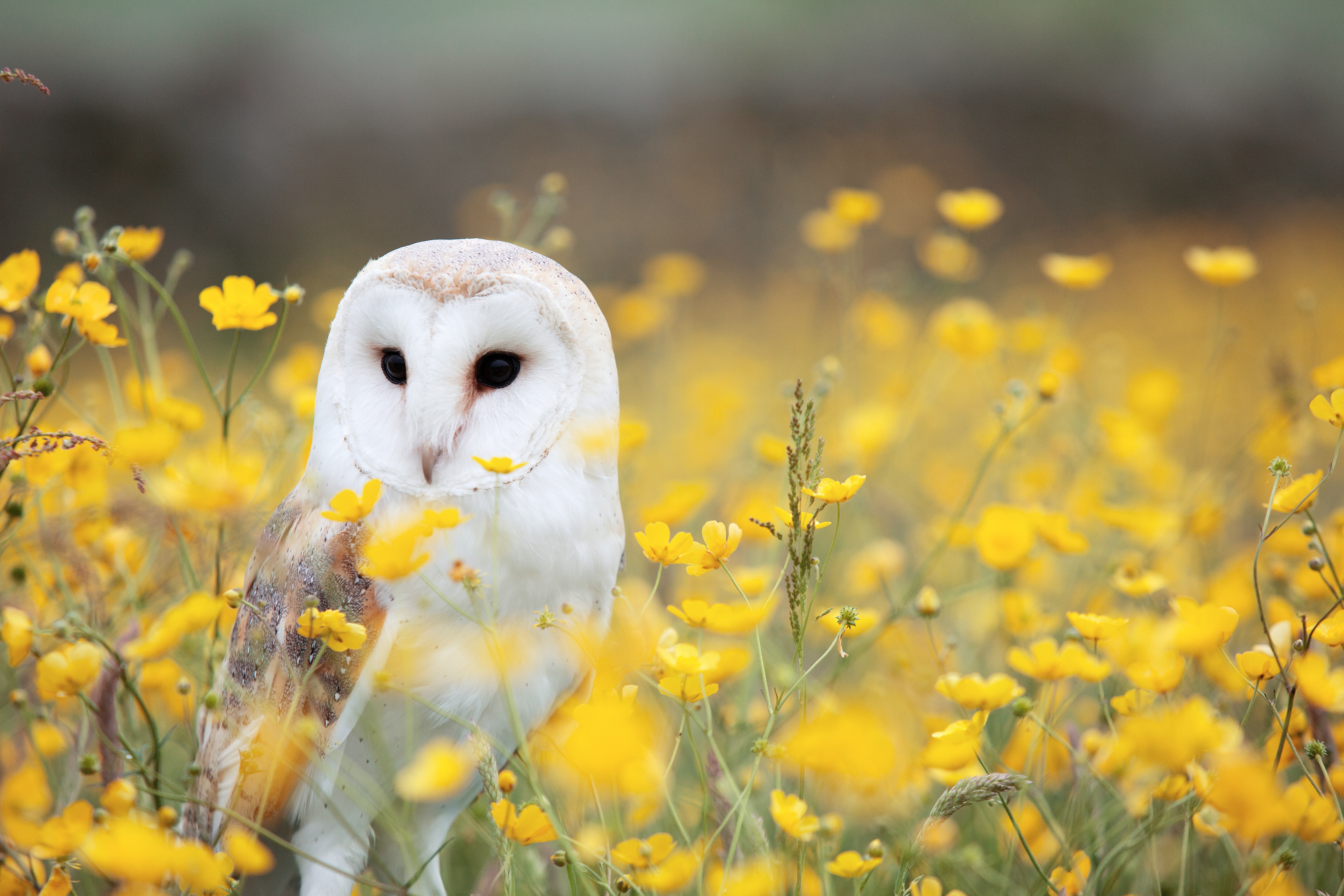Looking back over the books I reviewed in 2020 (about 35) I am pleased to see I included 5 books in translation, 14 non-fiction and 19 fiction titles. Goodreads tells me I read 41/50 books in 2020 with 12,896 pages. Not amazing but not terrible either.
My determination for 2021 will again be to read at least 50 books and I would like to read more books in translation. To this end I have started off with these two, Tove Jansson: Letters from Tove which I found on Book Jotter
This is a collection of the letters of beloved Finnish artist and author of the Moomins books, Tove Jansson: Letters from Tove (Translated from the Swedish by Sarah Death and Edited by Boel Westin and Helen Svensson). To say Jansson was a prolific letter writer is an understatement. There are hundreds and hundreds of them, all bound in an elegany cover with a photograph of Tove as a young woman on the front. The book includes letters written to her family, to her mother (after her father died) and to lovers (both male and female) and cover the years between 1932 when Jansson was an art student in Paris, to 1988.
“… I was so tired of looking at art. I’d spent nearly three hours walking around the Salon des Independents being surprised at what an astonishing number of people fill their days daubing pain onto a stretched canvas…”
Jansson travelled a lot in Europe – surprisingly given that (a) she was a woman often travelling alone and (b) she lived through two world wars. But most of these letters stem from her time living in Helsinki as a busy working artist and famous author. Throughout these pages we are treated to a whole range of ideas and views,with descriptions of friends, lovers, parties and artistic process. It seems extraordinary how many people Tove knew and how many friends she had and how well travelled she was in a time when travel was not as common as it is now (or normally!). In a letter written to her mother whilst on a trip to Mykonos in 1959, Jansson writes:
“There are only a few thousand people here (1600 I think) but 360 Churches. When sailors narrowly escaped shipwreck they often promised God a Church if he saved them. He clearly did that quite often.”
However although the editors have provided explanatory notes, I did find that I was missing context in some of the references. Jansson knew so many people – and often referred to the same person by two or three different names, diminutives etc – that I sometimes lost track. For example : Per Olov Jansson (Tove’s brother) is referred to as Polon, or Peo or Prolle at different times.
Still that is merely an editorial quibble. I greatly enjoyed reading through these letters although to my shame I know virtually nothing of Jansson’s work, including not having read the Moomins. Something else to redress in 2021 perhaps. This is from the book jacket:
The Finnish writer and artist Tove Jansson (1914-2001) is known thoughout the world as the creator of the Moomin stories which were first published in English 60 years ago and have remained in print ever since. In her fifties, Tove Jansson turned her attention to writing for adults, producing a dozen novels and story collections, including the classic, bestselling, The Summer Book.
***
My second translated work today, first published in 1992, is a new 2020 edition of a work by French author and philosopher Annie Ernaux. A Man’s Place translated by Tanya Leslie and published by the excellent indie press Fitzcarraldo Editions.
This memoir by Ernaux charts the relationship between the writer and her father as the family strive to leave behind their working class lives in postwar rural France and achieve their own business with a shop and cafe.

“Heartened by the spirit of optimism that swept France in 1945, he decided to leave the Valley….We travelled in the front of a removal van and arrived in Y – at the height of the October fair. The town had been burnt down by the Germans and the booths and merry-go-rounds rose from among the debris.”
This short book consists of 76 pages and can be read in an evening. Ernaux who left behind her humble roots and went on to teach at University writes this memoir in a dispassionate way avoiding any kind of embellishments that she feels are a result of her being educated beyond her parents or that she feels would not be true (I suppose) to what she perceives as the paucity of her father’s life. As she narrates, Ernaux sticks to the bare facts in a way that proves partially unsettling. She chronicles the lives of her parents in terms not of their loving warmth towards her, but in terms of their concerns over position and class which were at that time totally normal and tied up with manners and language. This is a struggle that anyone born in the first half of the twentieth century will recognise only too well. The work is not elegiac, nor essentially factual – although facts are of course related. It is indeed hard to categorise this work but there is a telling sentence right at the end of the work when the author recognises a supermarket checkout girl as someone she once taught. Ernaux does not describe her reaction to this meeting, but does not need to. You can hear the writer thinking, ‘there but for the grace of God go I’.





Leave a Reply to Paula Bardell-HedleyCancel reply